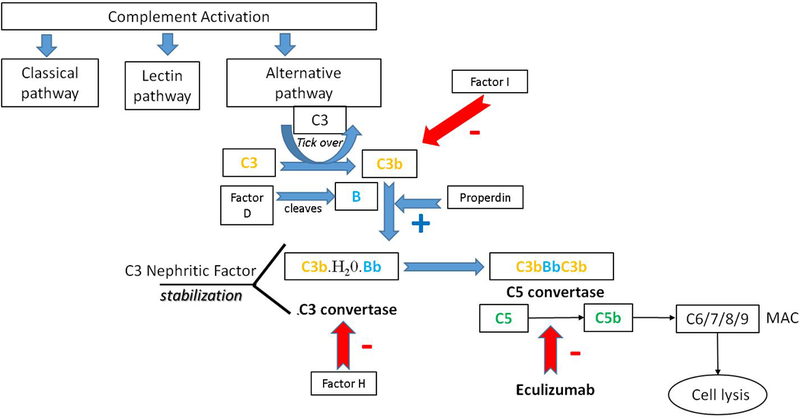Figure 1: Alternative Complement pathway activation.

The AP pathway is activated continuously by hydrolysis of C3 (C3•H20) which binds factor B. The so called “tick-over” process in which the internal thioester of C3, hydrolyzed by water, forms an initial convertase with factor B subsequently cleaved by factor D to produce the enzyme C3 convertase (C3b(H20) Bb). This fluid phase C3 convertase can be stabilized by Properdin (P) and cleaves additional C3. Factor H binds host cell surfaces, protecting them by competing for C3b, displacing factor B. Factor I regulates the AP by cleaving C3b and inactivating it. The enzyme C3bBbC3b is termed the alternative pathway C5 convertase. Cleavage of C5 catalyzes the assembly of C5b-C9 and this is termed the membrane attack complex (MAC), a pore capable of driving cell lysis. C3NF bind to the AP C3 convertase and by doing so increase its activity duration. Eculizumab inhibits C5 cleavage.
